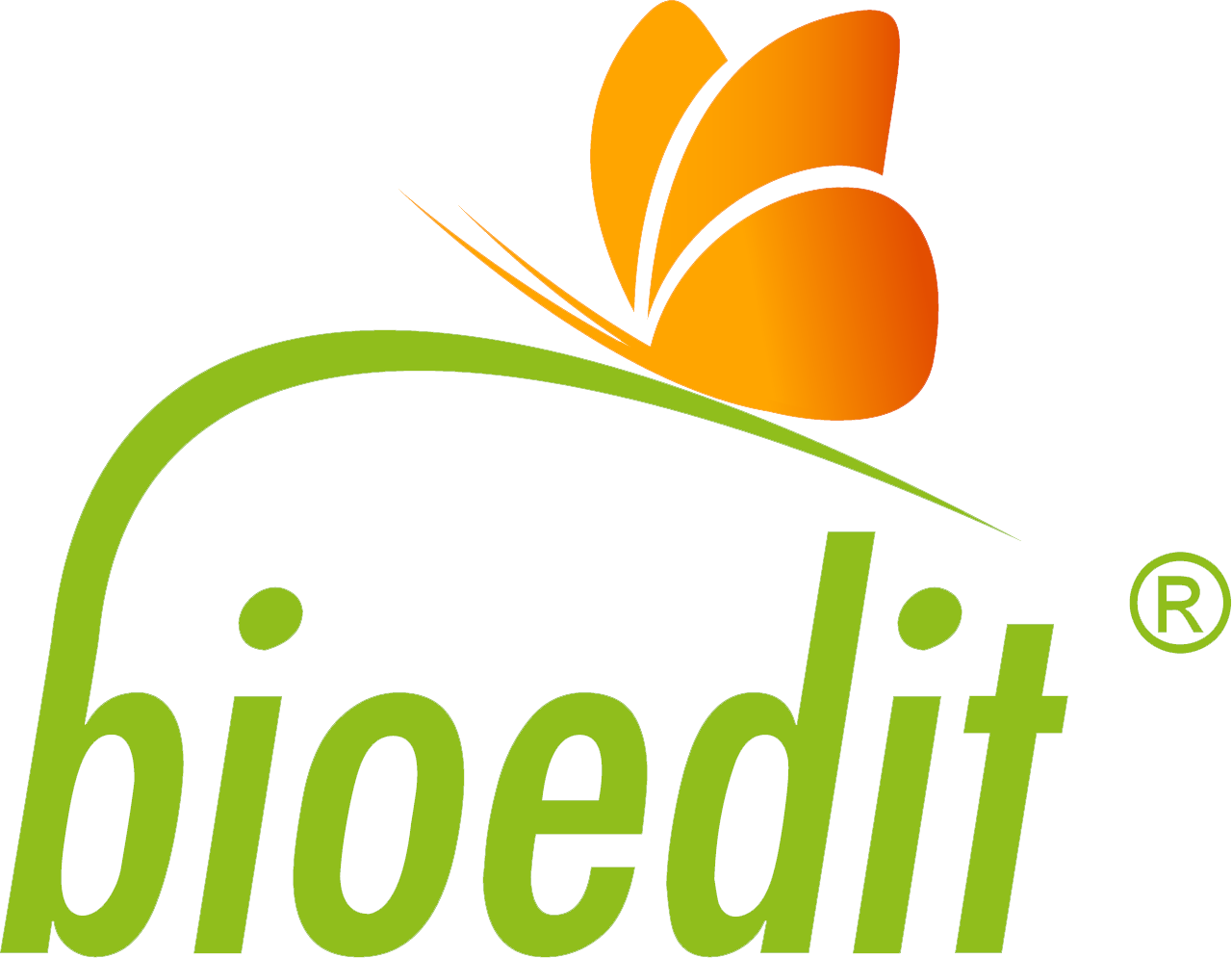Getting your article sent out for peer review is probably the most important stage of the publication process. However, before you get to this stage, your article has to pass scrutiny by the editor-in-chief (and quite possibly a team of associate/section editors) of your target journal. Journals receive hundreds of papers every year and space is limited! It goes without saying that avoiding outright rejection at this stage is paramount. However, many authors make simple and avoidable errors when writing a manuscript; it is these errors that may irritate the editor-in-chief and cause them to return your manuscript for revision or place it straight on the “reject outright” pile.
In many cases, journal editors reject papers simply because they do not comply with the journals required format. Papers are often returned/rejected because the author:
Has not followed the “Instructions to authors” document – it is there to help, inform, and guide you through the writing process. Read it, understand it, and follow it.
Has provided an abstract in an incorrect format – this follows on from the above point. Check whether the target journal requires a structured or non-structure abstract and stick to the required word count.
Has confused the “Introduction” section of a paper with a literature review – Put simply, the “Introduction” section should state the objectives of the work and provide adequate background information, avoiding a detailed literature survey or a summary of the results.
Has provided an inadequate “Materials and methods” section – This section should provide sufficient detail to allow the work to be reproduced. Ask yourself this question: If I was reading this for the first time, would I be able to repeat the experiments exactly and achieve the same results? If the answer is no, then you have probably not described the method in sufficient detail. Methods already published can be referenced, although any modifications must be described in detail. A poorly written methods section is one of the main reasons why scientific papers are rejected by editors.
Has discussed results in the “Results” section – Results should be presented clearly and concisely, with no attempt made to discuss their significance or place them in context. Simply report what you found and leave it at that.
Another common and avoidable error is to duplicate data in both the text and Tables/Figures. If data can be presented in Table format or as a Figure then this is preferable. Data presented in this way do not need to be mentioned in the manuscript text. The reader is simply referred to the appropriate graphic.
Has repeated the results in an over-long “Discussion” section – this is where results are discussed and placed in context. However, a common mistake many authors make it to open the discussion by describing what they have just talked about in the results section. This is needless repetition. Another common problem is that authors are often tempted to shoehorn every remotely relevant piece of literature into this section of the manuscript. Only those references most pertinent to your own work need be included and discussed. Yielding to this temptation is one of the reasons (along with some of those mentioned above) that many papers exceed the permitted word count. The best discussion sections are actually quite short and simply explain the significance of the results and places them in context within the field.
Of course there may be other reasons why a journal editor may return/reject your manuscript. Some of these reasons will be beyond your control. However, taking the above into account when writing will at least ensure that your paper is not returned/rejected because of simple errors that are easily avoided.



